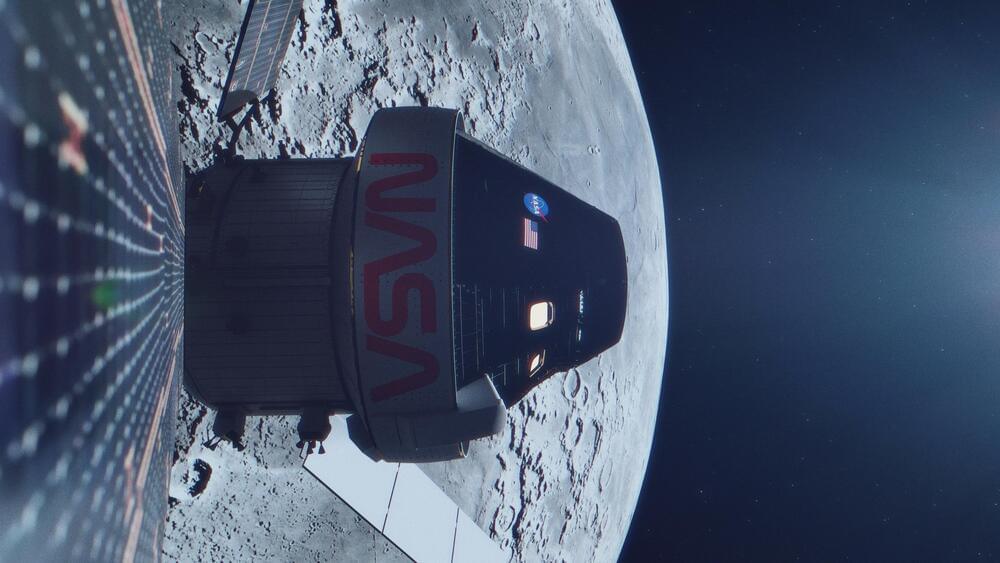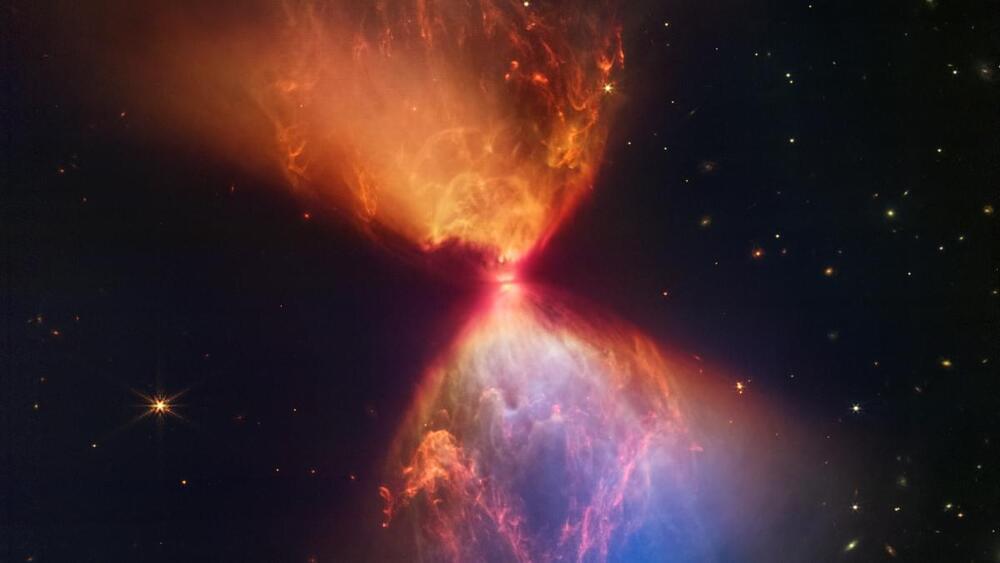What should be the future goal of the Moon exploration (after the Artemis launch was finally successful): A human base! We could do some amazing science with a human base on the Moon.
Posted on Big Think, direct Weblink at.
Posted on BigThink.


During Artemis I, NASA’s Space Launch System (SLS) rocket will send the agency’s Orion spacecraft on a trek 40,000 miles beyond the Moon before returning to Earth. To capture the journey, the rocket and spacecraft are equipped with cameras that will collect valuable engineering data and share a unique perspective of humanity’s return to the Moon.

Water covers three-quarters of the Earth’s surface and was crucial for the emergence of life, but its origins have remained a subject of active debate among scientists.
Now, a 4.6bn-year-old rock that crashed on to a driveway in Gloucestershire last year has provided some of the most compelling evidence to date that water arrived on Earth from asteroids in the outer solar system.

Researchers have discovered the heaviest-known bound isotope of sodium and characterized other neutron-rich isotopes, offering important benchmarks for refining nuclear models.
The neutron dripline marks a boundary of nuclear existence—indicating isotopes of a given element with a maximum number of neutrons. Adding a neutron to a dripline isotope will cause the isotope to become unbound and release one or more of its neutrons. Mapping the dripline is a major goal of modern nuclear physics, as this boundary is a testing ground for nuclear models and has implications for our understanding of neutron stars and of the synthesis of elements in stellar explosions. Now studies by two groups extend our knowledge of the properties of nuclei close to the dripline [1, 2]. Working at the Radioactive Isotope Beam Factory (RIBF) in Japan, Deuk Soon Ahn of RIKEN and colleagues have discovered sodium-39 (39 Na), which likely marks the dripline location for the heaviest element to date (Fig. 1) [1].
PBS Member Stations rely on viewers like you. To support your local station, go to: http://to.pbs.org/DonateSPACE
Sign Up on Patreon to get access to the Space Time Discord!
https://www.patreon.com/pbsspacetime.
Adamantium, bolognium, dilithium. Element Zero, Kryptonite. Mythril, Netherite, Orichalcum, Unobtanium. We love the idea of fictional elements with miraculous properties that science has yet to discover. But is it really possible that new elements exist beyond the periodic table?
Check out the Space Time Merch Store.
https://www.pbsspacetime.com/shop.
Sign up for the mailing list to get episode notifications and hear special announcements!
https://mailchi.mp/1a6eb8f2717d/spacetime.
Search the Entire Space Time Library Here: https://search.pbsspacetime.com/

A trip deep into the far future, to the End of Earth.
Visit our sponsor, Brilliant: https://brilliant.org/IsaacArthur/
For most of human history, the end of Earth, the Universe, and Time itself were all identical, now we know the world will end in 4 billion years, long before the Universe begins to wind down. Today we will ask how we can extend that, and keep Earth around for far longer.
Visit our Website: http://www.isaacarthur.net.
Join the Facebook Group: https://www.facebook.com/groups/1583992725237264/
Support the Channel on Patreon: https://www.patreon.com/IsaacArthur.
To help us grow your SFIA community, follow https://twitter.com/Isaac_A_Arthur on Twitter and RT our future content.
Visit the sub-reddit: https://www.reddit.com/r/IsaacArthur/
Listen or Download the audio of this episode from Soundcloud: https://soundcloud.com/isaac-arthur-148927746/dying-earth.
Cover Art by Jakub Grygier: https://www.artstation.com/artist/jakub_grygier.
Script Editing.
Edward Nardella.
Keith Blockus.
Mark Warburton.
Matthew Acker.
MolbOrg.
N Kern.
Sigmund Kopperud (Wicked Woxel)
Graphics Team:
Edward Nardella.
Jeremy Jozwik.
Jarred Eagley.
Justin Dixon.
Jeremy Jozwik.
Katie Byrne.
Kris Holland of Mafic Stufios: www.maficstudios.com.
Luuk Warringa.
Mihail Yordanov.
Murat Mamkegh.
Nick Talmers Nieuwoudt.
Pierre Demet.
Sergio Botero: https://www.artstation.com/sboterod?fref=gc.
Stefan Blandin.
Music Supervisor.
Luca De Rosa.
Music:

It turned out that Mars wasn’t as silent as first believed. Instead, there is intense seismic activity on the red planet, which is rumbling and groaning.
Read more about Mars is Alive! NASA Detects Unusual Activity From Inside The Planet.
It’s not really a Star Wars story unless there’s a lovable or memorable droid stealing the spotlight. But, when you really stop and think about it, there’s also something profoundly tragic about the role artificial lifeforms play in the Star Wars universe.
PATREON
Support this project on Patreon:
https://www.patreon.com/popdetective.
PAYPAL
Make a one-time donation via PayPal:
https://www.paypal.me/popdetective.
WISHLIST
Send research materials for video essays:
https://www.amazon.com/hz/wishlist/ls/VPZW4GU512ON?ref_=wl_s…atfound-20.
REFERENCES
• Race in American Science Fiction by Isiah Lavender III
https://www.goodreads.com/book/show/10364882-race-in-american-science-fiction.
• Imagining Slaves and Robots in Literature, Film, and Pop Culture by Gregory Jerome Hampton.
https://www.goodreads.com/book/show/26371201-imagining-slave…ar-culture.
• The Cambridge Companion to Slavery in American Literature (Chapter 15) Beyond the Borders of the Neo-Slave Narrative by Jeffrey Allen Tucker.
https://www.goodreads.com/book/show/39293853-the-cambridge-c…literature.
• Asimov on Science Fiction in Science Fiction Digest, October-November 1981
https://archive.org/details/sfdigest19811011
• Janelle Monae’s “Many Moons” music video.
NOVELS REFERENCED